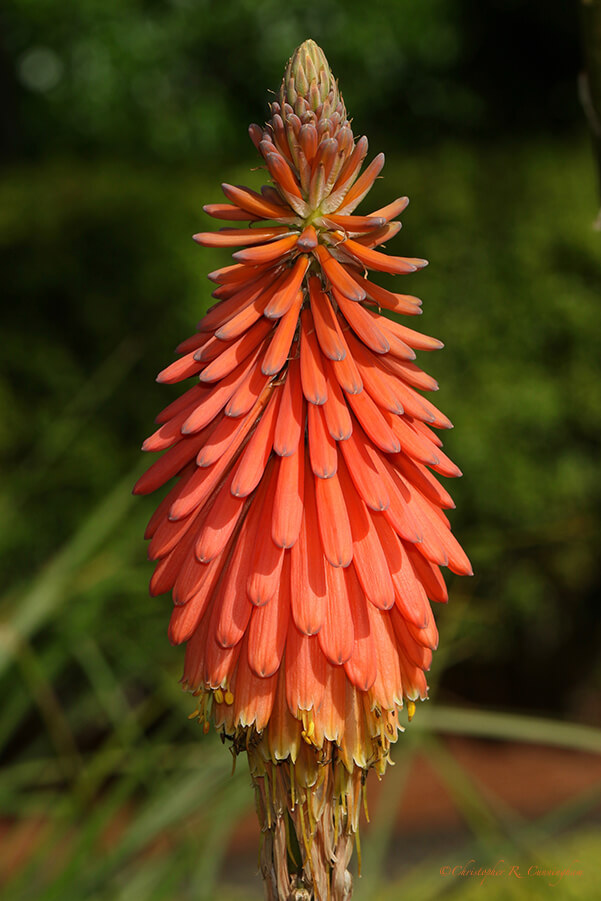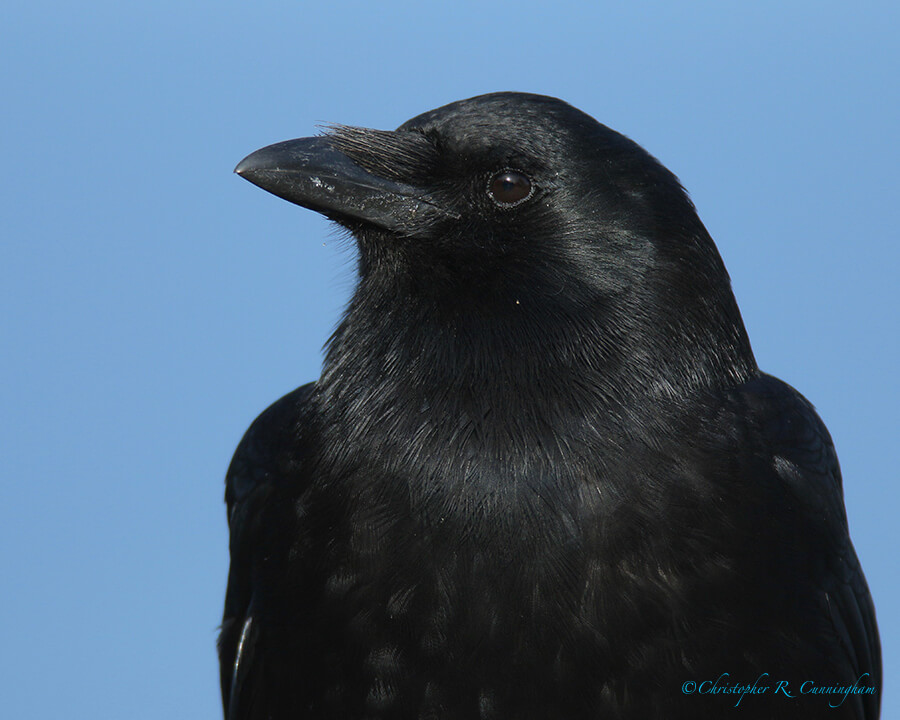Our dried voices, when
We whisper together
Are quiet and meaningless
As wind in dry grass . . . . —T.S.Eliot, The Hollow Men

I think I once read that T.S. Eliot, when asked if he would again write his poem’s famous last lines about the end of the world, replied that he would not have written a word. His rationale being that victims of aerial bombing during the Blitz never heard a thing before impact . . . . If the story’s not true, it should be.
Perhaps it’s because of working on my other website (trilobiteseas.com) that deals with an entirely extinct group, perhaps it’s because of what I keep seeing (and hearing) in the field while photo-birding, but I’ve got the end of the world on my mind. Of course, as humans in the early 21st Century, we’re experiencing the end of a world, not the end of the world. Without getting into the semantics of to whether humans are part of nature or not, the world that is ending is the natural biosphere, and it is ending with a whimper, not a bang. Songbird populations are collapsing everywhere, and human fingerprints are on their demise.

Fact is, wherever I go in the Lower Forty-eight, I am hard-pressed to find a completely natural scene.
Always there is the hand of man. Roads, trash, roadkills, and everywhere invasive plants and animals brought in by humans. A colleague at work who is quite knowledgeable about wildlife recently showed me some images of birds from her backyard feeders–because she had never seen anything like some of the birds before. They were Scaly-breasted Munias, exotics introduced into Texas from Asia. Those birds were eating someone else’s lunch!
While driving through southwest Oregon recently I saw weird, huge, orange flowers growing by the side of the road. What in the hell are those? I thought. Turns out they were red hot poker plants. Like the Bottlebrush, this plant is a big favorite of birds . . . in southern Africa where they come from! Perhaps some North American bird species will find a use for them.
If you want to get bummed out, read birding accounts from the 1950’s . . . .

Man’s deleterious influence on the wild is always, always moving inexorably ahead altering and killing as it goes. Cars, buildings, cats, windmills . . . all slaughtering birds in the billions. Introduced invasives are replacing natives all around us. And although some of the introduced plants and animals are pretty, the havoc they’re causing in ecosystems isn’t!
What should we do? What, if anything, can we do?

©2016 Christopher R. Cunningham. All rights reserved. No text or images may be duplicated or distributed without permission.